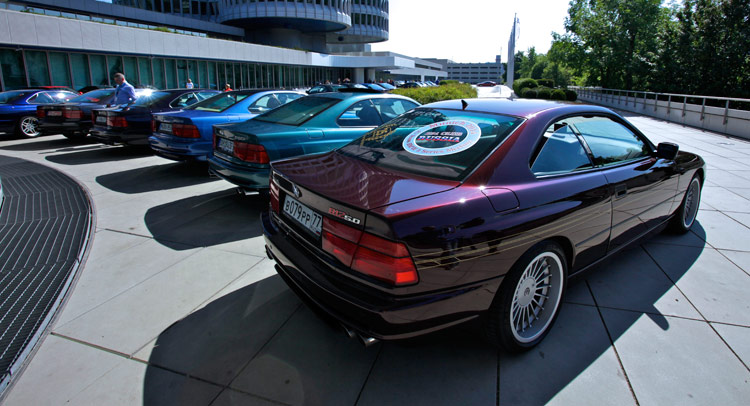What do the – now defunct – Honda Prelude, BMW 850CSi and Mitsubishi GTO/3000GT have in common with the latest Porsche 911 GT3 and Turbo?
The answer is active rear-wheel steering, a technology that, according to a Wards Auto report, is on the rebound after being shunned for nearly a decade.
When the new, 991-based 911 GT3 made its debut its active rear-wheel steering might have made less headlines than the PDK dual-clutch gearbox and the new DFI engine but, when the Press got hold of the car, it was is slow-speed nimbleness and high-speed stability that received heaps of praise.
Most of the credit for this goes to ZF’s Active Kinematics Control (AKC) system, which turns the rear wheels in the opposite direction to the front ones at low speeds, to increase agility, and at the same in higher speeds to improve stability.
Mark Rotary, engineering manager of ZF’s Chassis Technology Division, explains that without rear steering, the yaw axis around which the vehicle rotates “is quite behind the driver”, whereas with rear steering it moves forward, just behind the front seats. What’s more, it all happens without the driver realizing the system working, only the car behaving impeccably in any situation.
The reason rear-wheel steering systems went out of fashion was their cost. Now, ZF claims that it has solved this issue by developing a modular platform that will allow for many common parts to be used in different applications.
“We will use common belts, pulleys, linear sensors and so on”, says Rotary. “There are a lot of common pieces that gives us the ability to build on two lines, and we get economies of scale.”
ZF announced that, apart from Porsche, it already has three more customers that will launch AKC equipped vehicles next year, and a fourth one for 2016, although it declined to name any of them. Well, the Audi Prologue concept that was unveiled at the LA Auto Show last week featured rear-wheel steering…
Moreover, while the Porsche system uses two electrically-driven actuators, one for each wheel, the rest of its customers will use a single actuator for the rear axle, thus keeping costs in check.



